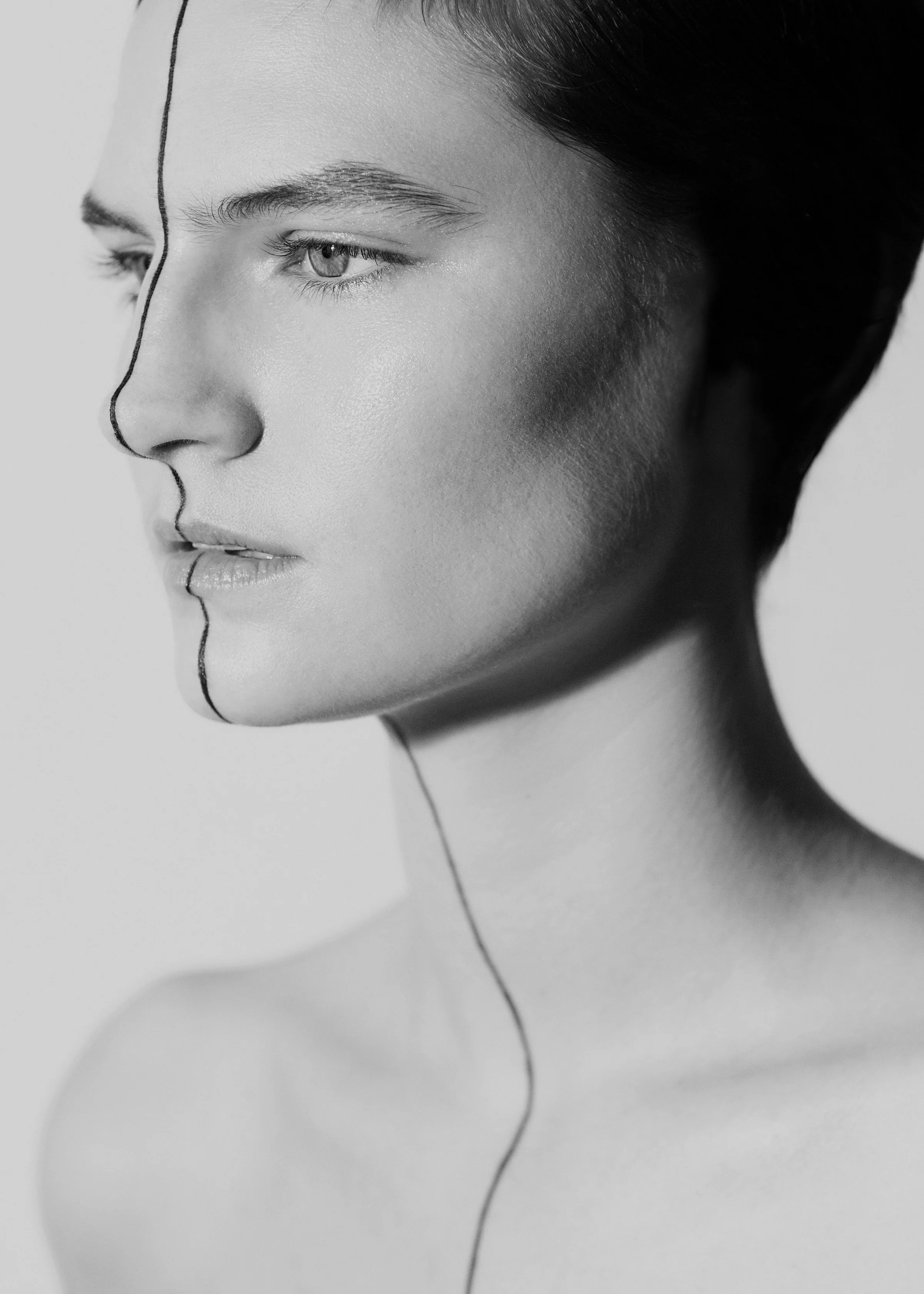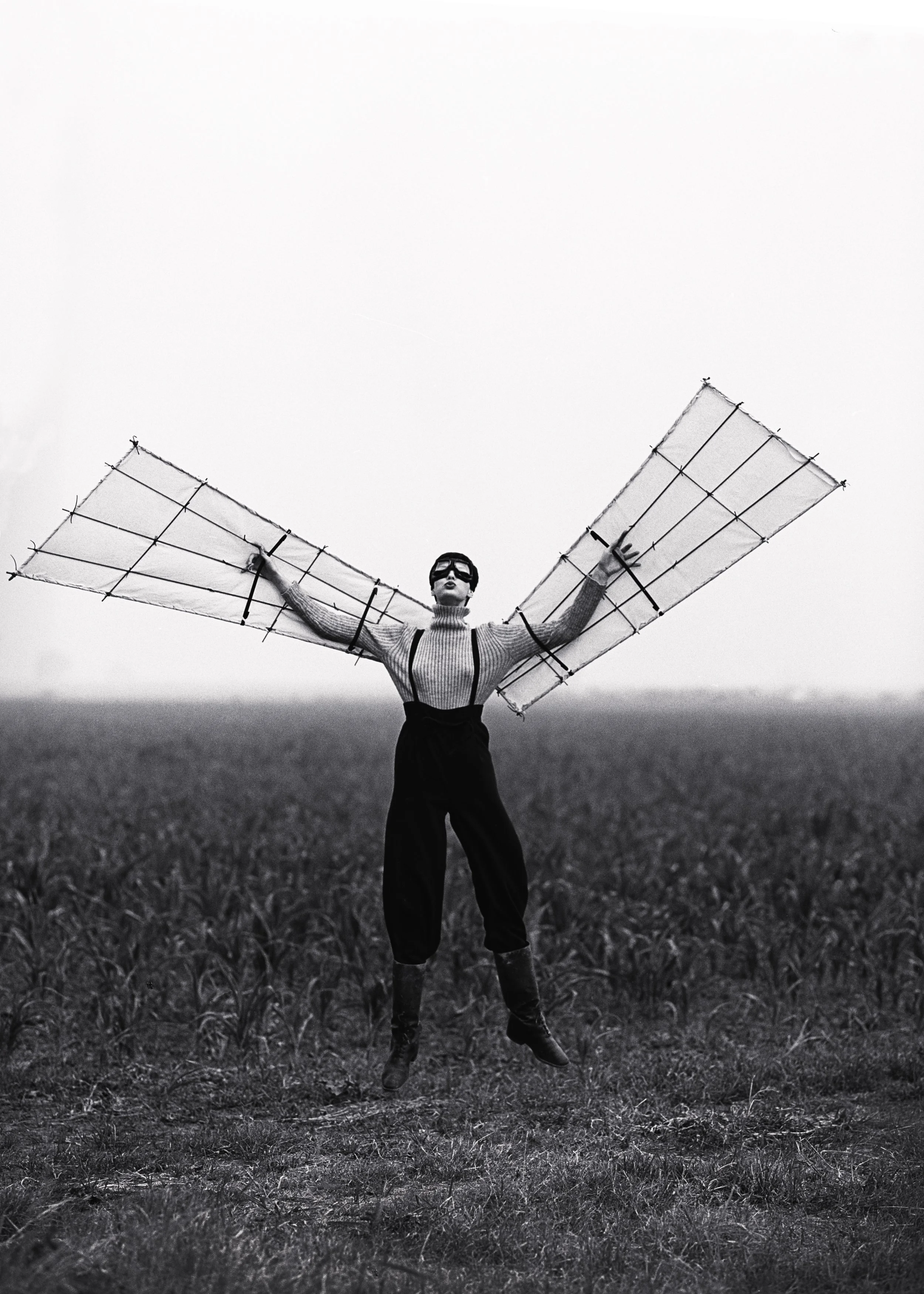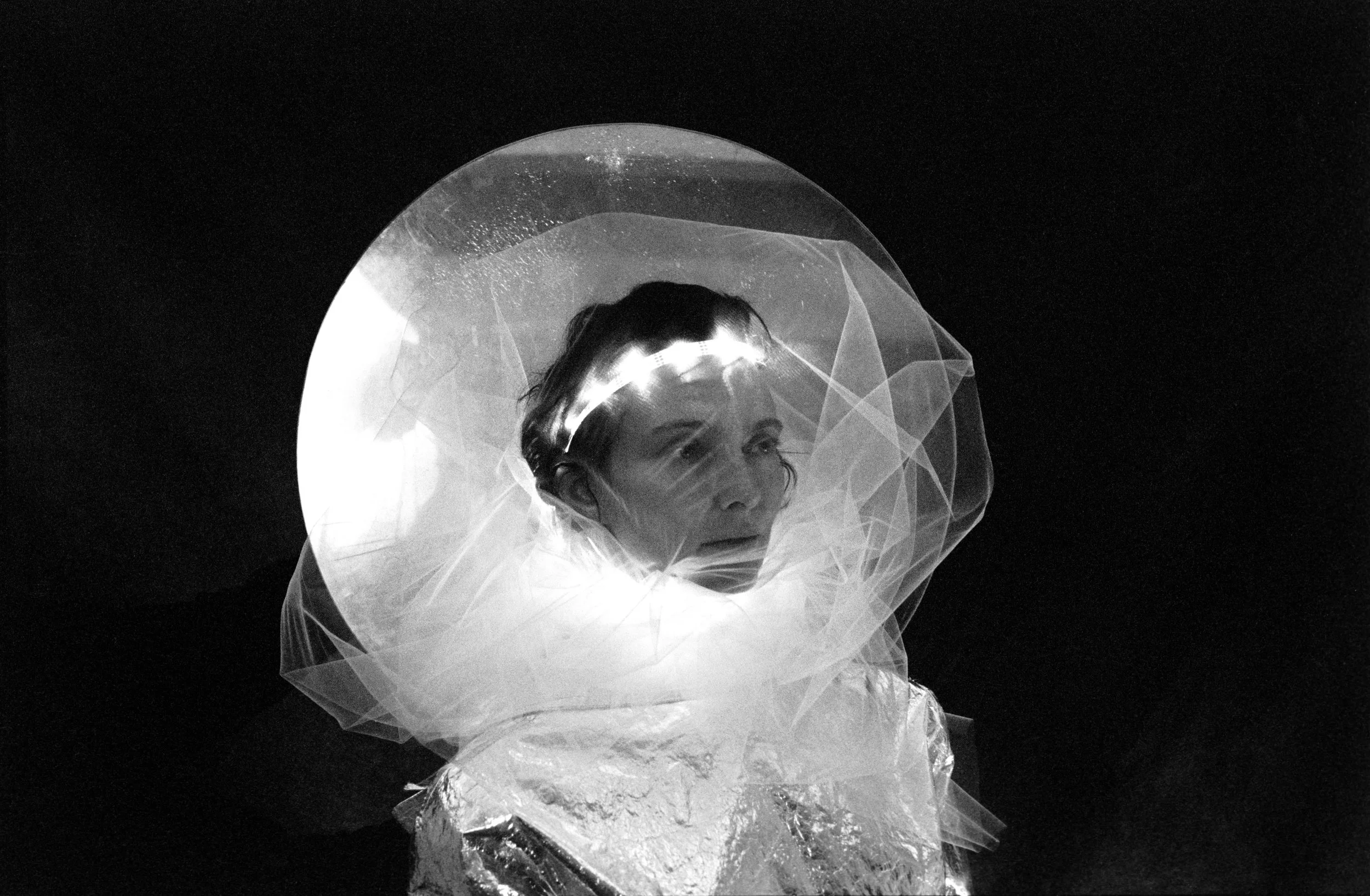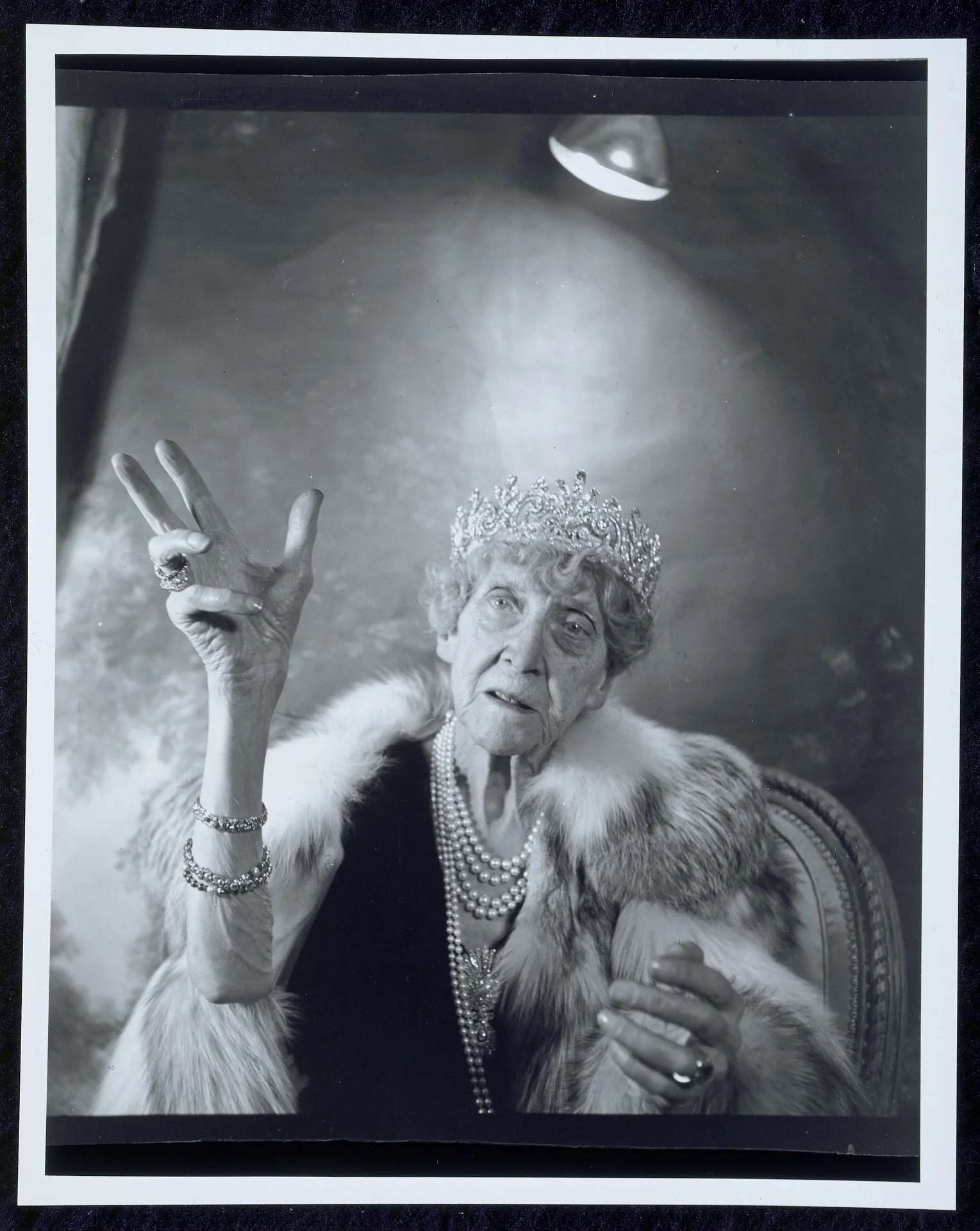Through Paul Westlake’s Dreamscape
Thin Black Line, 2016
Written by Grecia Espinoza
To Paul Westlake, a photograph is an heirloom from the depths of the unconscious mind; “I often say that a photograph can be like a postcard from a dream, and I am truly enthralled by the process of capturing such moments on film,” he writes. Photography serves as a means to capture the fleeting and ethereal essence of a dream, which is why the English photographer predominantly opts for black and white film- a choice he believes best mirrors the visual landscape of the dream realm he aims to recreate.
Moonwire, 2019
Westlake began his career as a fashion photographer in 1985 while residing in Sydney, Australia. In 1996, he moved to New York City, where he collaborated with esteemed fashion publications like Harper’s Bazaar, Vogue, Elle, Marie Claire, Grazia, and GQ. Undoubtedly, his immersion in the glamorous realm of fashion is palpable in much of his work. What distinguishes Westlake from his contemporaries in fashion photography is his ability to preserve the grandeur of fashion while also imbuing it with remnants of history. In doing so, his images are elevated beyond aesthetics to become active participants in an ongoing cultural discourse.
Narcissus, 2017
One hallmark of Westlake's photography is his adept use of movement. In his series "Analise Flying," a woman wearing overalls, flight goggles, and two makeshift wings stands before a field. The image captures her mid-jump, suspended just inches above the ground, as if on the brink of levitation. While it’s uncertain if this series pays homage to Amelia Earhart, the aesthetic and overall mood of the image strongly suggest so. As the observer, one becomes exceptionally curious about the woman. Who is she? And does she really believe she can fly? It is the woman's childlike essence, both disorienting and captivating, that is reminiscent of a dream. She stands before the observer, dripping in confidence and the spirited freedom of youth. And she seems to say, "yes, you too can soar," and one is inclined to believe her.
Anneliese Flying No.4, 1992
Much like "Analise Flying," many of Westlake's subjects exude an otherworldly peculiarity. In some images, subjects are adorned with opulent, unfamiliar objects and elaborate clothing. In others, they are captured nearly in the nude, draped in diaphanous fabrics that function more as props than clothing.
In one composition, two nude women are ensconced beneath what resembles a sheer tablecloth. Their bodies stand so closely intertwined that they overlap. One woman seems to draw into herself, displaying a timid disposition, while the other opens up, appearing far more at ease under our gaze. The striking juxtaposition of such bodily expression leaves the observer confused. Gazing at their bodies brings forth a sense of guilt. It is akin to the sensation one feels when admiring a bird confined in a cage or a fish trapped in its tank. One is torn between the urge to liberate the captive, to avert one's eyes, and yet we maintain a fixed gaze, resisting the impulse to set them free. The observer is left with the confused helplessness of the dreamrealm, where all weapons turn to mush in our hands and where no sound escapes when we open our mouths to speak.
Cocooned, 2016
In the image titled "Voyager," featured in Pan and the Dream's moon edition, the subject, Lia, is adorned with a large halo-like ring around her head and a glowing headband. This image, perhaps due to its name and theme, evokes memories of a character we all recognize- Princess Leia. Although Westlake doesn't explicitly disclose his inspirations for his subjects, he subtly hints at them through the names he assigns. "Analise" is likely a pseudonym for "Amelia," and "Lia" is a variation of "Leia." This, too, is reminiscent of a dream. In dreams, we often experience a sense of familiarity with the people we encounter, even if their appearance doesn't precisely align with how we know them in the waking world.
Voyager, 2018
And thus is the world of Paul Westlake. Here, everything we know is distorted, the strange feels oddly familiar, the human is creaturelike, and the elusive is unquestionably mesmerizing.













